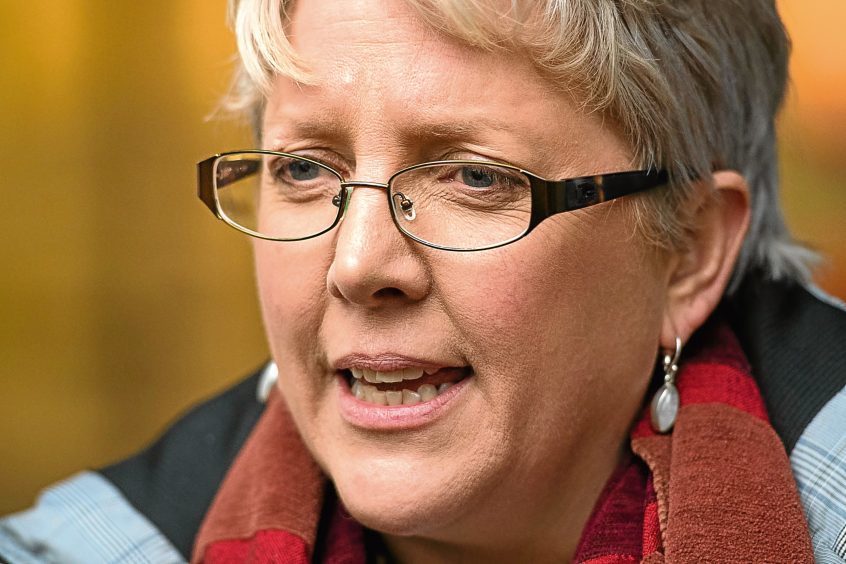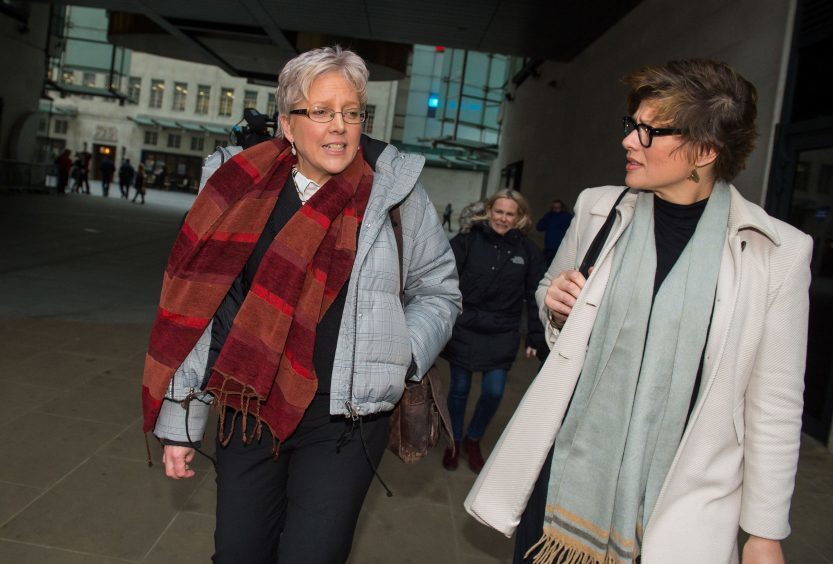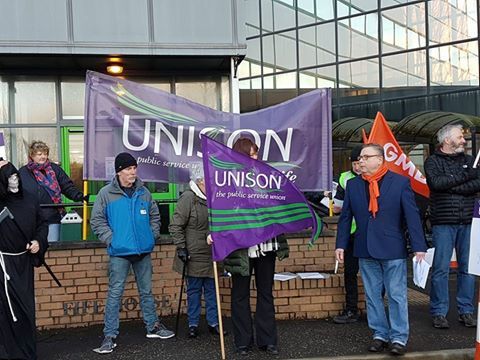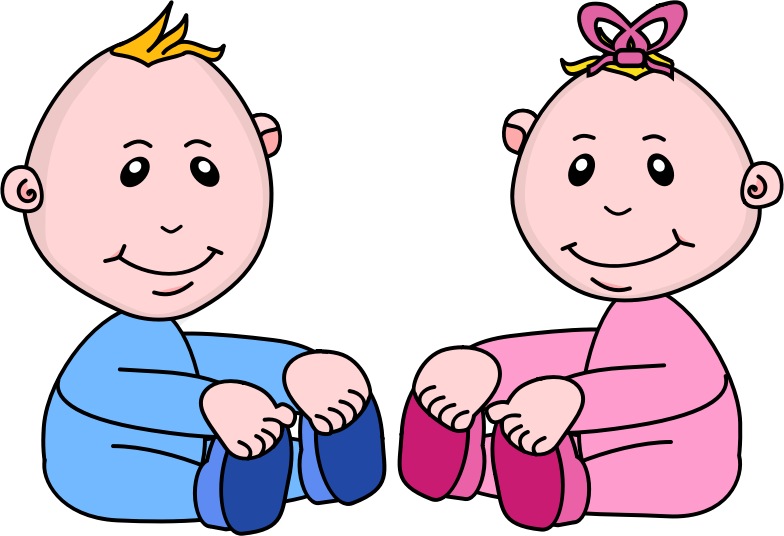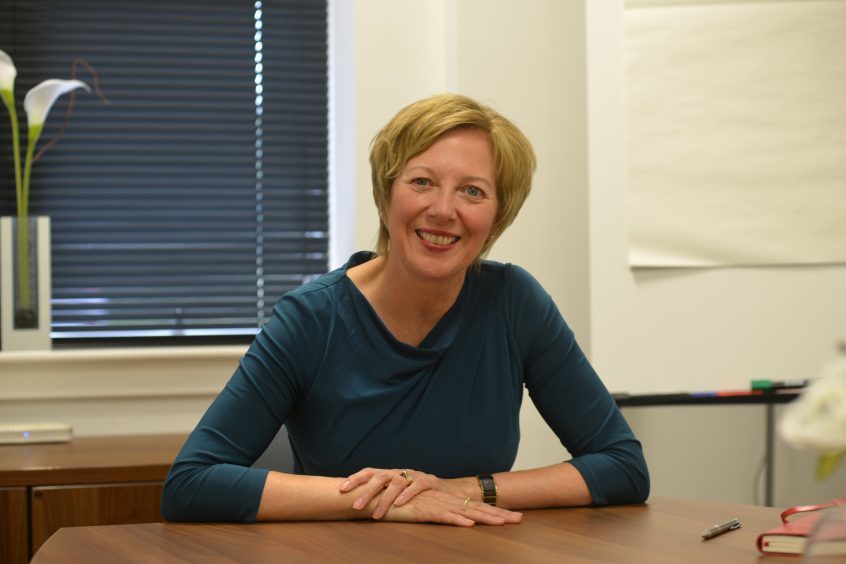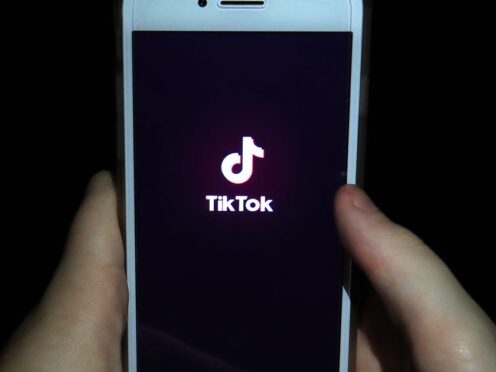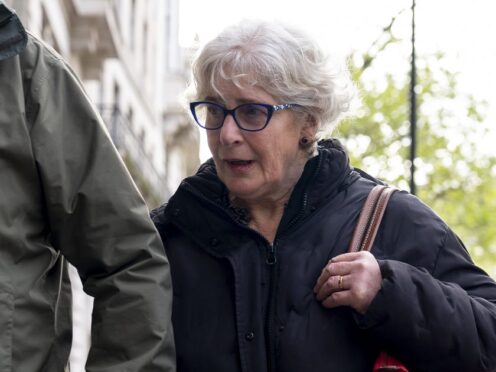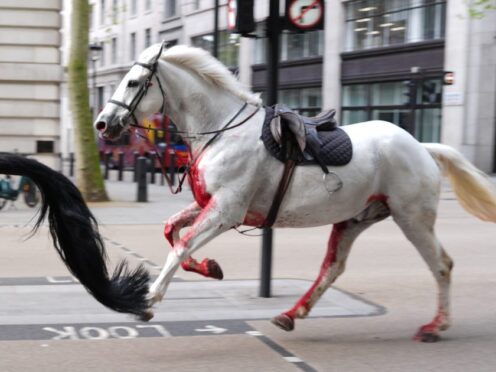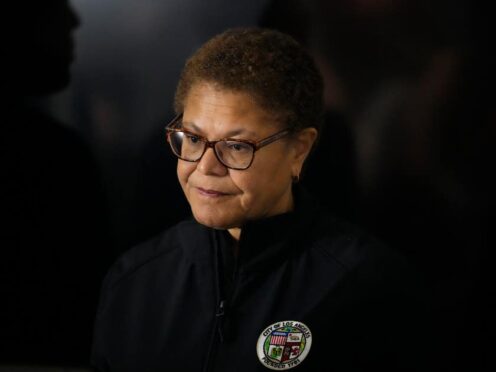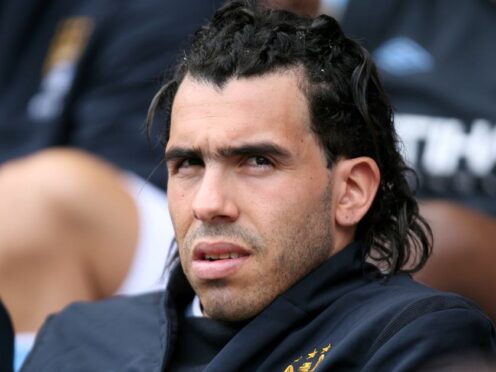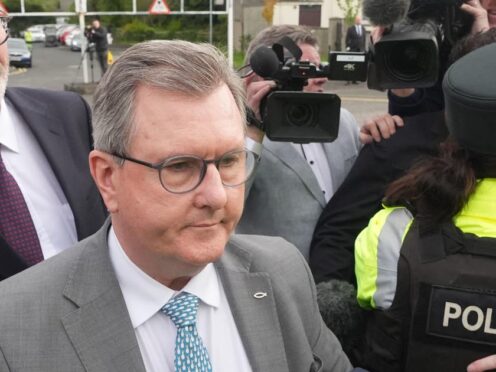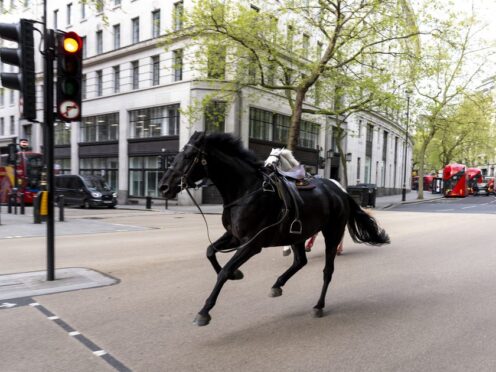Is the Carrie Gracie “unlawful pay discrimination” case likely to be the tip of the iceberg? Michael Alexander reports.
When it was revealed on Monday that Carrie Gracie had resigned as the BBC’s China editor, she said it was because she could not “collude” in a policy of “unlawful pay discrimination” whereby male international editors earned more than her £135,000-a-year salary.
After the BBC was forced to reveal last year that US editor Jon Sopel earned £200,000-£249,999, while Middle East editor Jeremy Bowen earned £150,000-£199,999, Ms Gracie said she had refused a £45,000 rise as it still left a “big gap” between her and her male counterparts when all she wanted was to be “made equal”.
Ms Gracie – who has been at the BBC for more than 30 years – accused the BBC of having a “secretive and illegal pay culture” after it was revealed two-thirds of its stars earning more than £150,000 were male.
The BBC said there was “no systemic discrimination against women” and has pledged to close the gender pay gap by 2020.
But with private sector organisations of 250 or more workers having to publish their own gender pay figures by April 4, could this just be the tip of the iceberg?
Debbie Thompson, UNISON Fife Branch Secretary, said that once gender based pay figures for companies are released, she’s sure “widespread discrimination of women across all sectors” will be revealed.
“I still find it hard to believe that in this day and age women still have to ‘fight’ to be treated equal to men when it comes to pay,” she said.
“We pride ourselves in being a progressive country so you would think that equality across the board, including pay, would be a given not something we would have to take through the courts to achieve.”
Jack Boyle, employment lawyer at Dundee law firm Blackadders said the gender pay gap issue has been debated for decades.
However he said the topic is “undoubtedly more prominent now”.
He said: “The deadline (for mandatory reporting) is imminent so large employers who are unsure of their obligations should take advice soon.
“Employers must report on various statistics including the mean and median gender pay gap and information about bonus pay gaps based on gender.
“These reporting obligations can only be a good thing – ensuring transparency and publicising gender pay figures will raise awareness of the underlying problem.”
Mr Boyle noted that many larger employers including Easyjet, Virgin Money and Ladbrokes had already reported.
These reports demonstrated that women were paid on average 52%, 33% and 15% less per hour than men, respectively.

However, he believes the new reporting obligations are “relatively toothless”.
He added: “Just three months ahead of the deadline, those employers who have reported are in the minority. There is no sanction for a failure to report. There have also been reports about figures which have been published being “improbable”.
“Many commentaries have suggested that fears over reputational damage will be one of the main drivers for businesses reporting. Only time will tell whether this is so.”
Employment law experts say the regulations should be not be confused with existing equal pay legislation.
An organisation can have no gender pay gap but can still have specific cases breaching equal pay legislation. Equally, an organisation can have a large gender pay gap without breaching equal pay legislation.
In all likelihood however the gender pay reporting will lead to more claims concerning equal pay.
Shadow Secretary of State for Scotland and Kirkcaldy Labour MP, Lesley Laird, said:” It’s going to take more than matching current male wages to undo decades of pay inequality.
“That’s why Carrie Gracie was right to point out that simply “bridging the gap” does nothing to fix the fundamental problem.
“Equal pay legislation was introduced by Labour in 1970 and the real question to be asked is why so many businesses, both public and private, still think that it’s ok to pay women less – in many cases significantly less – than male colleagues doing the same work.
“But, sadly, they do, and then they want to squeal about how much it takes to pay the actual rate for the job. They don’t talk about the lost earning potential that a women has had over her working life. They don’t talk about the lesser pension contributions made as a result of her being on a lower salary.
“Instead they’ve got a great deal – a cheaper resource doing a first-class job – and getting away with paying her significantly less than a male colleague. If they really wanted to talk about equalising pay then they should pay her the difference in salary that existed over the duration of her employment contract.”
Mid Fife and Glenrothes SNP MSP Jenny Gilruth , who has campaigned on equality issues, said that as a former teacher and as an MSP, she is “extremely grateful” that her salaries have always been transparent as a matter of public record – she has never had to worry that a man might be getting paid more than her “simply because he was a man”.
Ms Gilruth said that in a “post-Weinstein era” there’s a need for greater transparency on wage levels from all organisations whether that’s Fife House in Glenrothes or Broadcasting House in London.
She added: “Carrie Grace should be commended for her courageous approach to calling out her former employer, an organisation to which she gave 30 years of her working life.
“I didn’t realise my licence fee was supporting and sustaining inequality. The BBC had ample opportunity to redress Carrie’s pay and to settle it privately. Instead they tried to buy her off.
“Workers should be paid fairly for the work they do irrespective of gender. Legislation has protected this right since the 1970s. It’s high time BBC execs realised that not paying half of their workforce in parity doesn’t just make bad business sense – it is actually illegal.”
